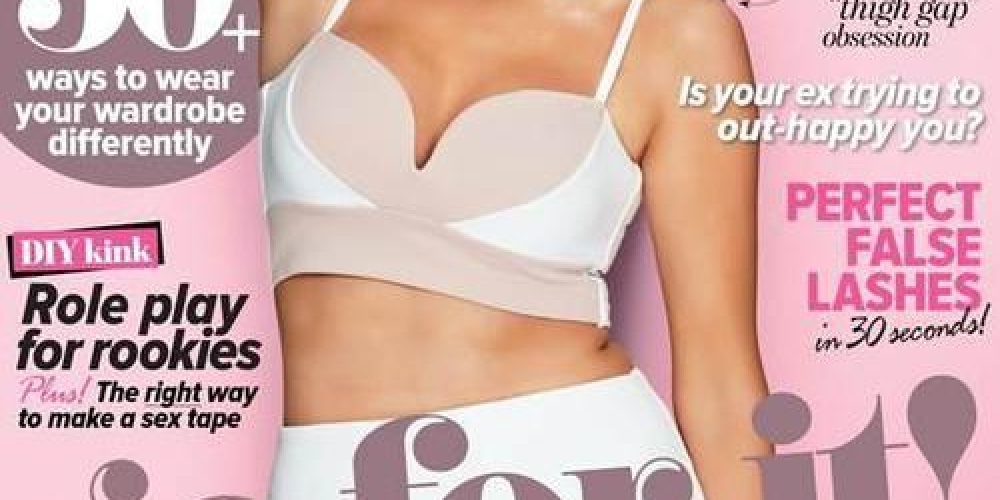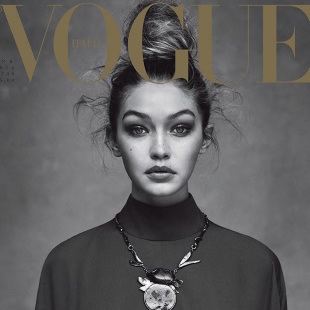In her new book, Fashioning Fat: Inside Plus-Size Modeling, sociologist Dr. Amanda Czerniawski mixes academic analysis with personal stories of agents, bookers, clients, retailers, and 35 plus-size models. She spoke to The Globe and Mail’s Nathalie Atkinson about whether or not the rise of plus-size fashion and modelling is really as encouraging as we may assume.
Here are our highlights:
A lot of people don’t like the word plus-size because it doesn’t reflect the reality of these bodies. In the U.S., the average is a woman’s size 14. A few years ago [plus-size retailer] Lane Bryant featured Ashley Graham in a lingerie commercial, but the network refused to air it, [saying] that it was inappropriate. Yet [it was] airing Victoria’s Secret ads. What is the difference? It’s still a highly sexualized woman being represented. Is it because she had a more voluptuous body, too dangerous and too scandalous?
But sometimes you have to have the spectacle to get people’s attention and just hope that the momentum will carry through. There were more plus-size models, a model with a skin condition, a woman with Down syndrome … That’s something that reflects more of who we are. It’s not that plus-size models want to topple and take over the industry; they just want to carve out a space for themselves.
It’s not appropriate to shame anybody for their bodies. But we do have to remember that the thin body is still privileged in our culture. There is this antagonism to fat that exists. Can you say that thin-shaming is the same as fat-shaming? I don’t think so. Nobody should shame anybody, but you can’t equate the two.






